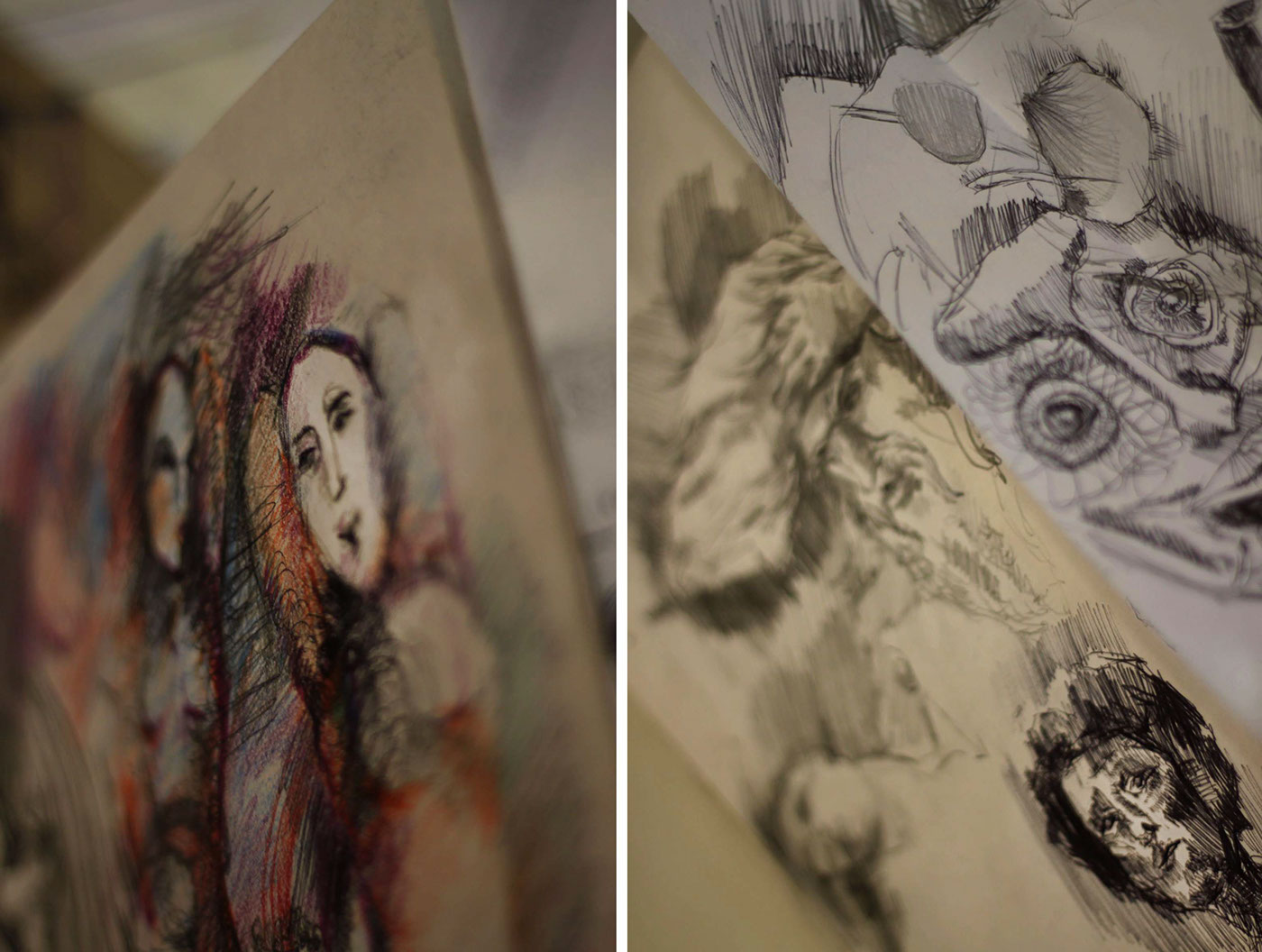All of the shots in this post show shots taken from this year’s trip to Liverpool with my lovely AS students as part of their A2 Photography unit. The brief was to photograph 3 sets of images focusing on reflection, projection and distortion in the Liverpool landscape. The main focuses were to capture reflection & distortion taking inspiration from Lee Friedlander & Brendan Neiland.
400D : 50mm :1.8 : 1/2000
I wanted the students to see what can be achieved in a short space of time- from taking photos, to selecting photos, to then seeing which photos meet with the brief set (as well as having other ideas that could be applied afterwards). It is crucial that students take the time to really consider the shots they take and don`t miss out on the valuable practice of editing and selecting from contact sheets- so the best images are picked to be developed.


The post`s images are split into distorted formats, layered reflections and Documentary shots …Most of which are distorted by the shallow depth of field and the camera opening so wide the sensor gets overwhelmed by the information (and forced low ISO). All of which results in beautiful blurring and a bit of Bokeh if you are lucky…




Something a little more geometric...using the strong diagonal section as a duplicate triangular layer on different modes...



When the white balance goes wrong... don`t panic... embrace the brown...

The distorted shots underneath were taken with a cheeky kaleidoscope I bought from the TATE – which I held up to the lens and experimented with- All credit to Jo Parker, who when on the ball has a good idea or two. He spotted it in the toy section of the gift shop J- it related to distortion superbly. They reminded me a little of the effect created in the superb Corinne Vionnet`s multiple exposure work- just without the other 100 or so layers of duplicate images…


enjoying an ice cream...?...

I wanted the students to try to embrace the thinking and practice of Lee Friedlander and Brendan Neiland in these sets of photos and push themselves by taking documentary pictures of urban landscapes that show the bits that you would normally miss (relating to Neiland).
I try to force this in my approach by taking some of the shots in each set at chest level, over the shoulder- and by not looking through the viewfinder- which can often produce unpredictable results. The candid nature of these image- forces you to consider the image in a different way compared to if you looked through the viewfinder and did your best to compose a well-balanced shot. This allows the photographer to recapture some of the magic you used to feel shooting in film- without a display to check your photos- as you don`t know what you will get until you get back to a computer (as long as you can resist the urge to look).
Friedlander tried to capture different classes, cultures and creeds in his shots- in many cases in one image to show the vibrancy and diversity of the social landscapes he recorded. It wasn`t always about the busy, bussling social landscapes photographed in glass surfaces and high rise buildings- sometimes his work was more simplistic visual record in its representation of the people he photographed- similar to the work of William Klein and Martin Parr


We spent time at the TATE- which could do with a re-think and re-jig as it wasn’t a patch on the Walker Gallery- I spent a good hour in 2 rooms drawing from some of the more contemporary pieces that were really interesting. Below is the drawing study I made whilst in the Walker – along with a couple of other pages of drawings I have made from separate Art trips this year- shot with my 50mm- which has become my favourite lens- ever since I managed to repair it with a 28p spring and the help of youtube tutorials.




The 2 images below are of the task sheets given to students to support them while they were on location...

